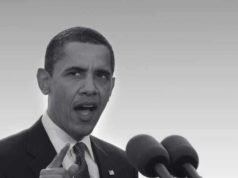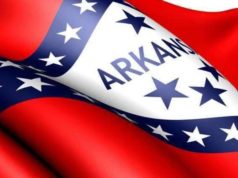
What is the Nondelegation Doctrine?
The nondelegation doctrine is an administrative law that implies Congress cannot delegate any of its legislative powers to other agencies in the federal government. Agencies, such as the FDA and IRS, are instructed by Congress to regulate certain issues, but under the nondelegation doctrine, Congress is required to give these agencies “intelligible principle” to base the regulations.
Confusion with the Nondelegation Doctrine Today
Article I, §1 of the Constitution states “all legislative powers herein granted shall be vested in a Congress of the United States.” However, the modern formation of legislation has moved away from the statement because most laws are not made by Congress itself anymore. Many “day-to-day laws” are formed by administrative agencies under authority from Congress.
The theory is that the agencies are just filling in the cracks after Congress passed basic laws, and few cases have challenged the doctrine. During the cases that did challenge the doctrine and regulations imposed by agencies, the U.S. Supreme Court usually ruled that the agencies had power to pass such regulations.
Whitman v. American Trucking Associations, Inc., et al.
During this case, the nondelegation doctrine was challenged because the Environmental Protection Agency (EPA) revised air quality standards under Section 109(a) of the Clean Air Act. Several private parties and states challenged the revisions to the national ambient air quality standards (NAAQS) because they claimed the EPA violated the nondelegation doctrine.
The District of Columbia Circuit Court found that §109(b)(1) gave power to the EPA to control the NAAQS. Respondents argued that the EPA also failed to consider implementation provisions for the new NAAQS and argued the implementation costs should determine standards.
The Court of Appeals eventually held that Section 109(b) does not require the administrator for the EPA to consider implementation costs before setting new NAAQS. The court ruled it was simply implausible for the EPA to consider implementation costs in order to moderate national air quality standards.
The Court also found that Section 109(b)(1) does not give legislative power to the EPA. Congress must simply form an “intelligible principle” to which the agency must conform as authorized in J.W. Hampton, Jr., & Co. v. United States. The Court argued that statutes do not need to state how much regulation constituted a delegation of legislative power.
The Supreme Court noted that the statute was “requiring the EPA to set air quality standards at the level that is “requisite”—that is not lower or higher than is necessary—to protect the public health with an adequate margin of safety.” Therefore, the Supreme Court ruled that EPA and Congress were working well within the bounds of the nondelegation laws.
During discussion, the Supreme Court expressed concern that statute did not nearly address nondelegation laws enough, but it still held that the EPA had the authority to develop and revise ozone standards under the NAAQS.







































